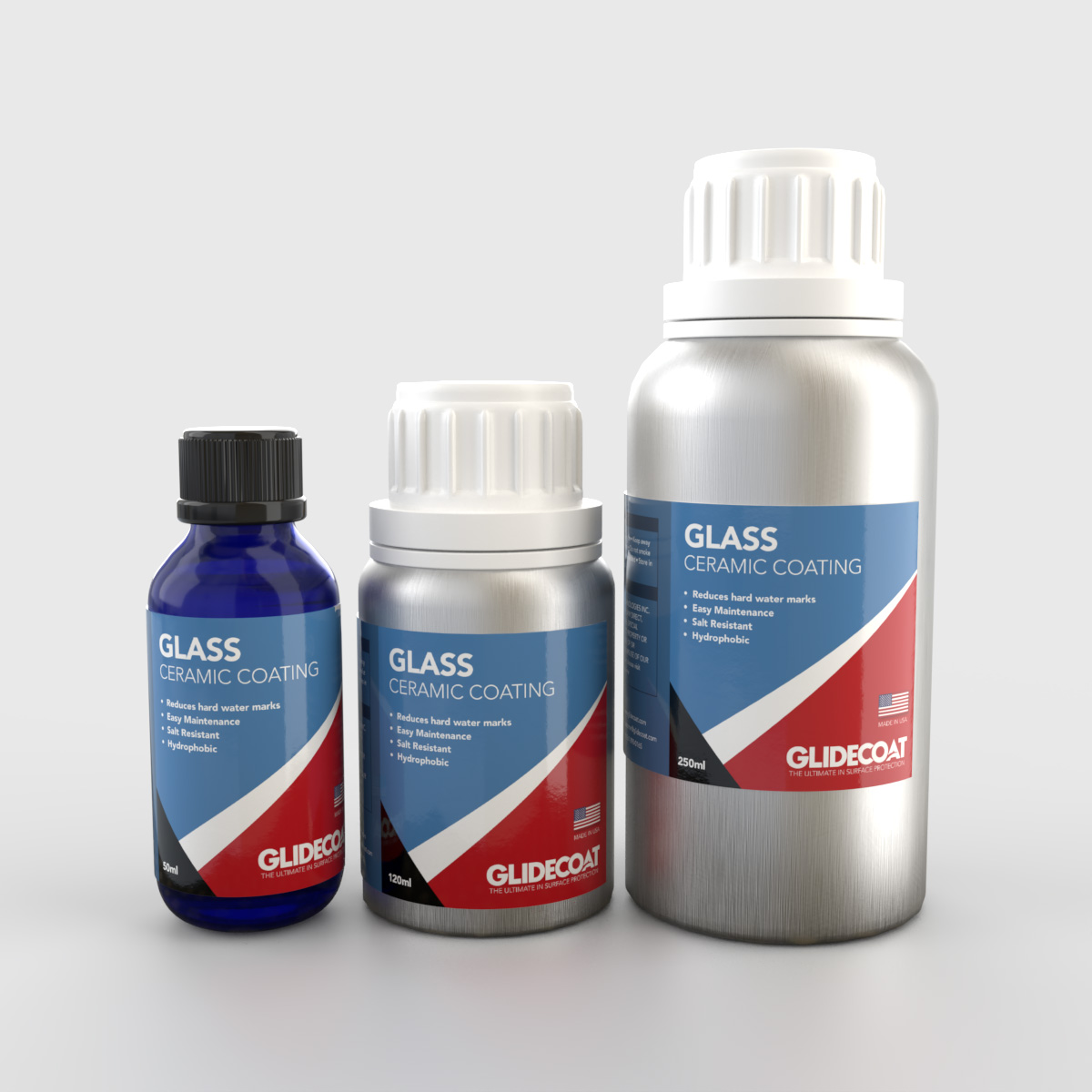Why Ceramic Finish Is the Ultimate Solution for a Remarkable Complete
Ceramic coating has emerged as a leading remedy for those seeking a remarkable surface for their automobiles, thanks to its exceptional resilience and protective functions. What aspects genuinely established ceramic finishing apart?
What Is Ceramic Finishing?

When used correctly, ceramic coating produces a hydrophobic surface that repels water and dust, making it less complicated to clean up and maintain. Unlike standard waxes or sealants, which generally provide short-lived defense, ceramic finishes can last for a number of years, depending on the item high quality and application approach. The process of applying ceramic finishing needs meticulous preparation, including complete cleansing and sometimes repaint adjustment, to guarantee optimum bonding and efficiency.
Ceramic layers are not limited to automotive surfaces; they can additionally be utilized on numerous products, consisting of glass, steel, and plastics, offering a versatile option for improving protection. Generally, ceramic finishing stands for a substantial development in surface security modern technology, combining both useful and aesthetic advantages for a variety of applications.
Benefits of Ceramic Coating
While several surface protection choices exist, the benefits of ceramic coating attract attention due to its special homes and lasting performance. Among the main advantages is its phenomenal durability. Ceramic Coating Philadelphia. Unlike standard wax or sealers that require regular reapplication, ceramic coverings provide a resilient layer that can last for a number of years, considerably reducing upkeep efforts
One more noteworthy advantage is boosted defense against environmental contaminants. Ceramic coatings develop a hydrophobic surface that wards off water, dust, and different pollutants, making it easier to clean. This attribute not only maintains the car's look however likewise reduces the threat of corrosion and oxidation, especially in harsh climate condition.
Moreover, ceramic finishes use exceptional resistance to UV rays, stopping fading and degradation of paint gradually. This UV security is crucial for keeping the visual value of surfaces and automobiles exposed to direct sunshine.
Furthermore, the glossy finish achieved with ceramic finish improves the overall aesthetic allure, providing surfaces a showroom-quality sparkle. In general, ceramic coatings stand for a significant improvement in surface area protection innovation, offering long-lasting advantages that accommodate both practical and aesthetic requirements.
Exactly How It Functions
Recognizing the scientific research behind ceramic layers exposes how they provide such amazing security and long life. At its core, a ceramic covering is a liquid polymer that chemically bonds with the car's manufacturing facility paint.
The application procedure involves numerous steps, consisting of surface prep work, which is important to attaining ideal bond. Once applied, the finishing undertakes a healing process, throughout which it sets and creates a semi-permanent bond with the paint surface area. This bond is what distinguishes ceramic finishings from standard waxes and sealants, supplying a longer-lasting safety barrier that can withstand for many years.
In addition, the density of the finishing can boost its protective qualities, making sure that it can endure rough conditions. Ultimately, the science of ceramic finishes incorporates sophisticated materials with cutting-edge application strategies to supply an unparalleled level of protection and visual improvement for lorries.
Contrast With Conventional Methods
The advantages of ceramic finishings become especially apparent when compared to standard paint defense approaches such as waxes and sealants. While waxes provide a short-lived sparkle, commonly lasting a couple of weeks to a number of months, ceramic coatings provide a lasting protective layer that can sustain for a number of years. This longevity considerably decreases the frequency of reapplication, making ceramic finishes an extra cost-efficient remedy with time.
In addition, typical techniques often require substantial prep work and several applications to attain a sufficient degree of security. On the other hand, additional info ceramic finishings bond at a molecular degree with the automobile's surface, developing a robust shield versus environmental contaminants like UV rays, acid rainfall, and roadway salts. This bond improves the automobile's resistance to scratches and swirl marks, which prevail with traditional waxes and sealers.
Moreover, the hydrophobic residential properties of ceramic coverings repel water and dirt, causing easier cleaning and upkeep. On the other hand, wax and sealant-treated surfaces can draw in gunk, necessitating more constant washing - Ceramic Coating Philadelphia. Overall, ceramic coverings not only give exceptional security but additionally provide an extra long-lasting and visually appealing coating, developing them as the recommended option for critical lorry proprietors
Application and Upkeep Tips

Using a foam applicator, use the finishing in tiny areas, complying with the producer's standards pertaining to thickness and overlap. Permit enough curing time in between coats, normally 24 hours, to ensure proper bonding. After application, it is essential to stay clear of direct exposure to water or rough elements for a minimum of a week to enable the covering to fully cure.
For upkeep, wash the car routinely with pH-balanced soaps and prevent rough products. Touchless vehicle laundries are suggested to minimize scratching. Furthermore, utilizing a ceramic maintenance spray can improve the finishing's hydrophobic homes and long life. Normal evaluations for any signs of wear will aid maintain the covering's stability and maintain why not try these out that immaculate coating.
Conclusion
In conclusion, ceramic covering arises as a superior choice for attaining a remarkable automotive surface. By forming a robust bond with manufacturing facility paint, ceramic layer successfully guards versus scrapes, UV rays, and ecological pollutants.
